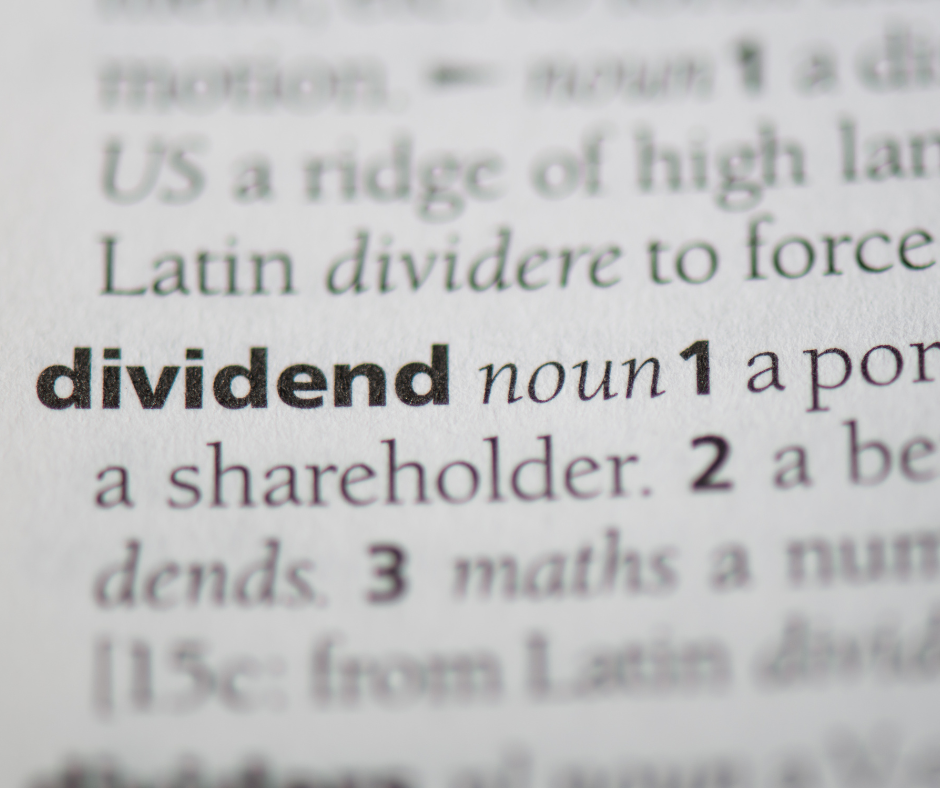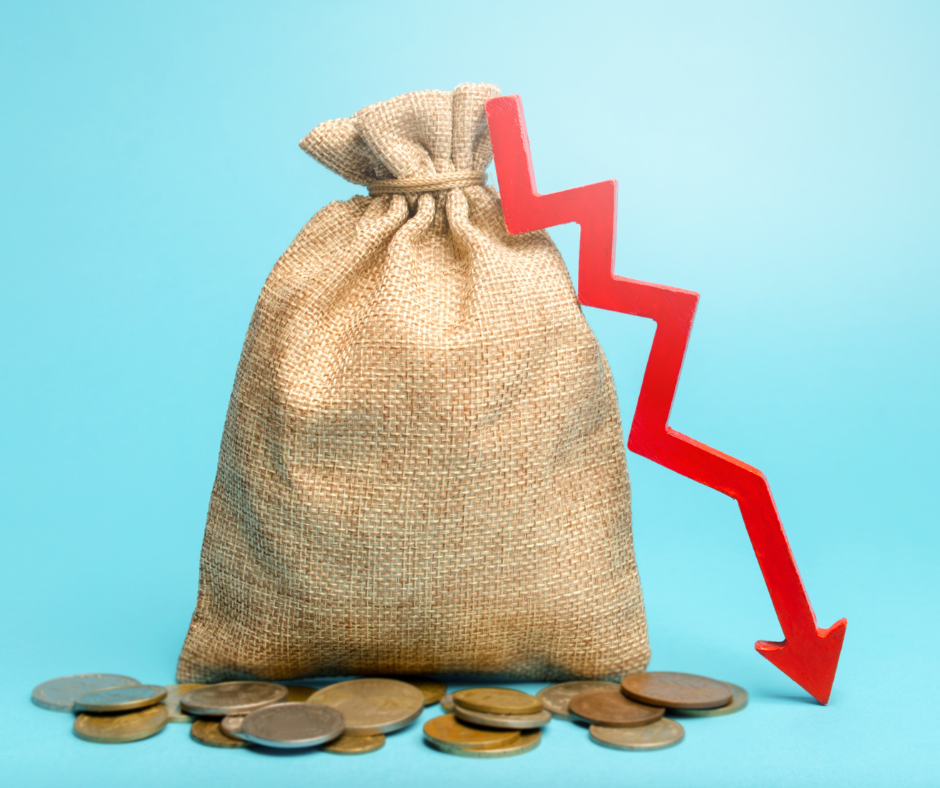When is capital gains tax a concern?

Capital gains tax can be a big surprise. Making a profit from selling stocks, bonds or fund shares could have financial implications that could hurt you in the long run if you are not aware of them.
Capital gains refer to the profits earned from the sale or disposition of capital assets, such as stocks, bonds, real estate, or valuable items like artwork or collectibles. When you sell an asset for more than its purchase price, the difference between the selling price and the original cost basis is considered a capital gain.
There are two types of capital gains: short-term and long-term. Short-term capital gains apply to assets held for one year or less, while long-term capital gains apply to assets held for more than one year. Generally, long-term capital gains are taxed at a lower rate than short-term gains, as per the tax laws of many countries.
It’s important to note that not all assets are subject to capital gains tax. Additionally, tax laws regarding capital gains can vary significantly between different countries and regions.
At Drenen Financial Services, we understand the intricacies of investment funds and their capital gains distributions. When you receive a capital gains distribution without personally selling any assets, it’s likely due to the activity within the mutual fund or investment vehicle you’re part of.
As an investor in a fund, you indirectly own a portion of the assets within that fund. When the fund manager buys and sells investments within the fund, any profits realized from those transactions are distributed to shareholders. This includes both dividends and capital gains.
It’s essential to note that these capital gains distributions can occur annually or at different intervals, as mandated by the fund’s policies. At Drenen Financial Services, our expertise lies in navigating such nuances within investments, ensuring you’re well-informed about these distributions and their implications on your overall tax strategy.
Our team specializes in tax planning and can guide you through optimizing your portfolio to minimize tax implications while maximizing returns. We strive to keep you informed about your investments and assist you in making informed decisions that align with your financial goals. Contact Drenen Financial Services today to help today. Click here to get started.
Regarding capital gains distributions originating from tax-deferred accounts such as a 401(k), 403(b), or an IRA, they typically remain untaxed as long as the funds remain within the account, unless withdrawn prematurely.
At Drenen Financial Services, our tax advisory services specialize in the complexities of retirement account taxation. We ensure you understand the tax implications involved with these accounts, providing guidance to optimize your strategies while preserving the tax advantages these accounts offer.
When capital gains distributions are directed into a tax-deferred account, they commonly get reinvested without triggering immediate tax liabilities. This reinvestment process doesn’t typically lead to immediate tax obligations.
Navigating tax-deferred accounts and their reinvestment procedures involves understanding the tax implications associated with these gains. It’s crucial to make informed decisions that align with your financial goals while leveraging the benefits of tax-deferred growth.
The main difference between long-term and short-term capital gains in non retirement accounts lies in the duration for which you hold an asset before selling it. Short-term capital gains apply to assets held for one year or less, while long-term capital gains apply to assets held for more than one year.
Why does this matter? Because the duration of holding an asset affects how it’s taxed. Typically, long-term capital gains are taxed at a lower rate compared to short-term gains. Governments often incentivize long-term investments by applying a lower tax rate to encourage individuals to hold assets for more extended periods.
The disparity in tax rates between short-term and long-term capital gains can be significant. Generally, short-term capital gains are taxed at a higher rate, often equivalent to your ordinary income tax rate, which can be substantially higher than the tax rate applied to long-term capital gains. This contrast in tax rates highlights the importance of considering the duration of asset holding in your investment strategy. Opting for long-term investments could significantly reduce the tax you owe when you sell those assets.
Understanding this difference matters for tax planning. If you can afford to hold onto an asset for more than a year, you might benefit from a lower tax rate when you eventually sell it. It’s a crucial consideration when devising your investment strategy and managing your tax liabilities.
Dividends and capital gains are two distinct ways investors earn from their investments, but they stem from different sources.
Dividends are periodic payments made by companies to their shareholders out of their profits. They’re usually a portion of the company’s earnings and can be distributed in cash or additional shares. Dividends provide a regular income stream for investors, and they’re often associated with stocks and mutual funds.
On the other hand, capital gains arise from the increase in an investment’s value between the purchase price and the selling price. When you sell an asset, like stocks or real estate, for a price higher than what you paid for it, the difference represents a capital gain. Capital gains can be either short-term (for assets held for one year or less) or long-term (for assets held for more than one year), each with different tax implications.
While dividends offer periodic income, capital gains are realized when an asset is sold for a profit. Both play crucial roles in investment strategies, providing different ways to benefit from your investments—either through regular income or through the appreciation in the value of your assets over time.
Form 1099-DIV: This form is used to report dividends and other distributions from investments. It details the dividends received from stocks, mutual funds, or other investments and provides information on qualified dividends, non-dividend distributions, and more.
Form 1099-B: This form reports the proceeds from the sale of stocks, bonds, mutual funds, and other securities. It includes details about the sales transactions, including dates of purchase and sale, proceeds from the sales, and the cost basis of the securities sold.
Schedule D (Form 1040): This schedule is used to report capital gains and losses from the sale or exchange of capital assets. It involves calculations to determine the net capital gain or loss for the tax year.
Form 8949: This form is used to report individual capital gain and loss transactions. It provides details of each transaction involving the sale or exchange of capital assets, which are then summarized on Schedule D.
These forms are essential for accurately reporting capital gains and dividends on your tax return. They help the IRS track and verify the income and losses associated with your investments, ensuring compliance with tax laws.
If you incurred a loss on your investments, you might be able to use those losses to offset your capital gains for tax purposes. This strategy is known as tax-loss harvesting.
When you sell an investment at a loss, it’s considered a capital loss. Capital losses can offset capital gains. If your capital losses exceed your capital gains, you can use the remaining losses to offset other income, up to a certain limit. This limit is $3,000 per year for individuals ($1,500 if married filing separately). Any excess losses beyond this limit can be carried forward to future years to offset future capital gains or income.
So, while you don’t directly pay capital gains tax on losses, those losses can be used to reduce or offset your capital gains and potentially decrease your overall tax liability.
Your tax rate for capital gains depends on various factors, including your filing status, total taxable income, and whether the gains are short-term or long-term.
Single Filers
| Income Level | Long-Term Tax Rate | Short-Term Tax Rate* |
| <$44,625 | 0% | 10-12% |
| >=$44,625 and <$492,300 | 15% | 22-35% |
| >=$492,300 | 20% | 37% |
Married Filing Jointly
| Income Level | Long-Term Tax Rate | Short-Term Tax Rate* |
| <$89,250 | 0% | 10-12% |
| >=$89,250 and <$553,850 | 15% | 22-35% |
| >=$553,850 | 20% | 37% |
Head of Household
| Income Level | Long-Term Tax Rate | Short-Term Tax Rate* |
| <$59,750 | 0% | 10-12% |
| >=$59,750 and <$523,050 | 15% | 22-35% |
| >=$523,050 | 20% | 37% |

